Kale
Superfood Kale
by Ray Novitske, Fairfax Master Gardener
 You can today buy organic kale powder, kale flakes, fresh kale, full spectrum kale vitamin capsules, pressed spinach kale juice and kale deer feed. This must tell you that in health-conscious circles, kale is a superstar superfood. It is rich in antioxidants, high in fiber and loaded with vitamin C and K — more than spinach. In fact, compared to spinach, kale has more vitamins per serving with 100 percent of B6 and C vitamins, and lasts longer in your refrigerator.
You can today buy organic kale powder, kale flakes, fresh kale, full spectrum kale vitamin capsules, pressed spinach kale juice and kale deer feed. This must tell you that in health-conscious circles, kale is a superstar superfood. It is rich in antioxidants, high in fiber and loaded with vitamin C and K — more than spinach. In fact, compared to spinach, kale has more vitamins per serving with 100 percent of B6 and C vitamins, and lasts longer in your refrigerator.
Kale is a vegetable that has been around for a long time. It is native to the eastern Mediterranean and Asia Minor. Romans and Greeks cultivated and consumed it. Thomas Jefferson planted kale in his Monticello gardens. Until recently, it was used more as a plate garnish than a main food.
Kale (Brassica oleracea) is a brassica — a member of the cruciferous family that includes cabbage, broccoli, cauliflower and collards. It has the sweetest flavor of all these leafy greens. Gardeners know it as fast-growing, and as a cool weather crop that does not like summer heat. Spring heat causes tougher leaves and a bitter taste. A fall planting produces better success.

Ornamental kale
To succeed, it needs plentiful moisture, fertile soil and full sun, but can grow in a little shade. Best results are achieved when grown and harvested in early spring or fall, and even early winter. Leafy green vegetables need a good amount of nitrogen, and kale is no exception. To conserve moisture and temper extreme swings in temperature, possible in spring and fall, mulch kale. This is especially important in fall when germinating seeds in August.
Plant kale in well-drained locations to prevent root rot. It can easily be grown in containers and makes great additions for gardeners interested in foodscaping. Select early maturing varieties if planning a fall harvest to enjoy it before winter. Frost actually makes kale sweeter as the plant prepares itself for freezing temperatures. Ornamental kale is an increasingly popular winter landscape plant. Although edible, it is grown mainly for its winter color.
When harvesting kale, it is better to use the larger outer leaves for steaming, soups and stir fry recipes, while saving the smaller tender inner leaves for salads. Harvesting the outer leaves encourages continued growth of the plant. After picking kale, store it immediately in cold because it will wilt quickly.

Tuscan kale
Because it grows in cooler weather, kale does not have many insect pests. Common problems include cabbage worm and aphids. For the green leaf-eating worms, treat with Bt or hand pick them off. For aphids, spray with insecticidal soap.
There are many different types of kale that you can try from light green, to green, to purple or red. Curly kale is probably the most recognized and most popular type. It has green or blue-green leaves that are slightly curled with a peppery taste. Tuscan or Dinosaur Kale has longer straighter leaves with a bumpy pebbled appearance. It has a deep, less bitter flavor than curly types. Russian Red Kale can be found more at farmers markets and gourmet stores. It has more flat leaves with fringed or ragged edges with a mild sweet flavor.
- Kale Recipes
- Baked Kale Chips, Allrecipes
- Sauteed Kale, Food & Wine
- Wintery Kale Salad, Ookie Dough
- References
- Kale, University of Florida, Institute of Food and Agricultural Sciences
- Kale Grow It Eat It, North Carolina State Extension
- Kale is a Headless Cabbage, Paul Thompson, Clemson Cooperative Extension
- Brassica oleracea (Acephala Group), Missouri Botanical Garden
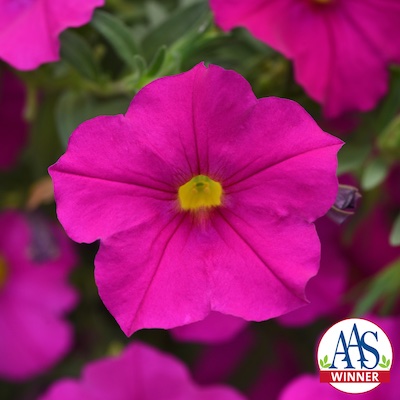
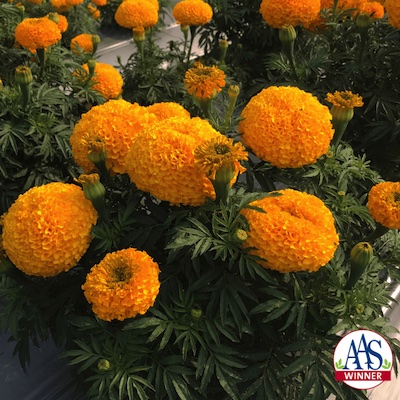
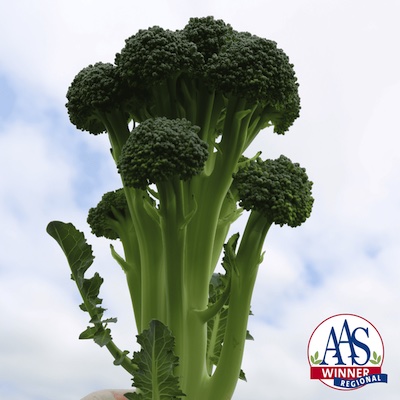
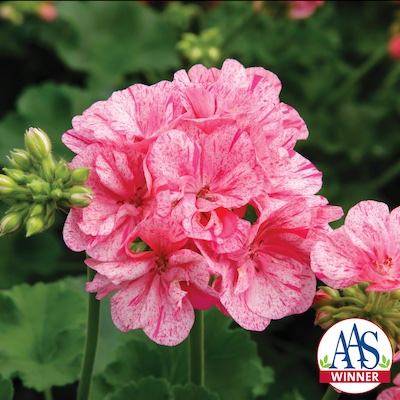
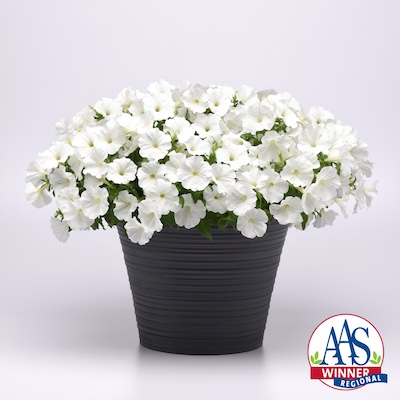
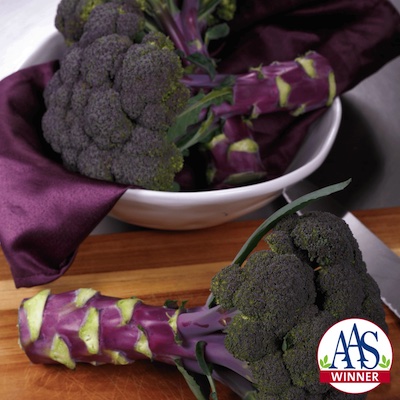
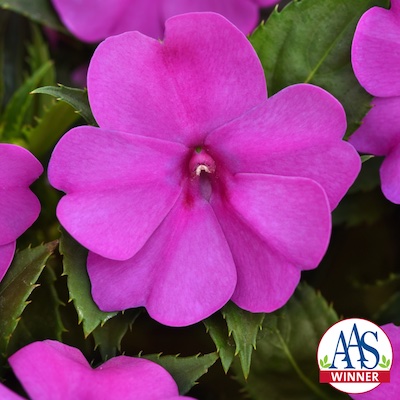

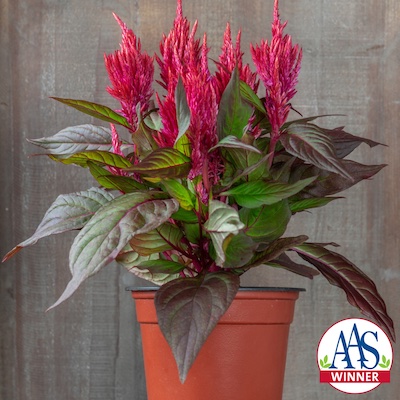
 Melon Squash Cradles
Melon Squash Cradles Solar Illuminated Planter
Solar Illuminated Planter Shiitake Mushroom Log Kit
Shiitake Mushroom Log Kit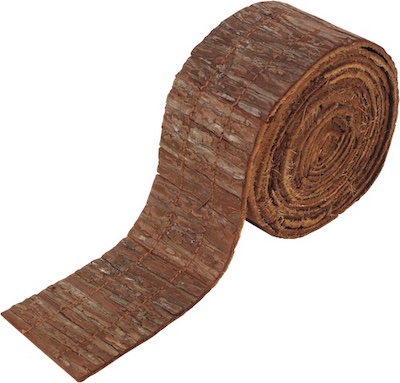 Cedar Bark Tape
Cedar Bark Tape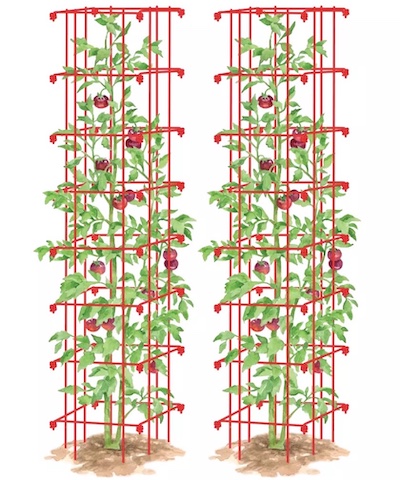 Tall Tomato Cages
Tall Tomato Cages Small Scissors with Walnut Handles
Small Scissors with Walnut Handles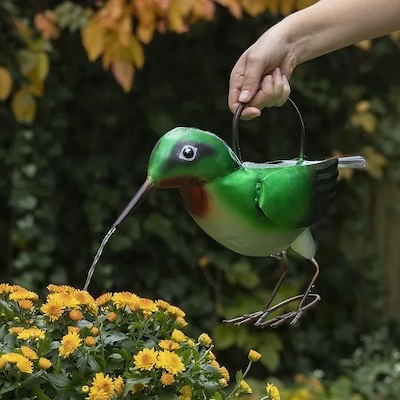 Hummingbird Watering Can
Hummingbird Watering Can They’ve been celebrities for a few autumn weeks of fame. The ones we lit up for the October festivities — the jack-o’-lanterns — are still grinning at us. What happens now that it’s November? How can we bear to be rid of these beguiling smiling gourds after all the October fun?
They’ve been celebrities for a few autumn weeks of fame. The ones we lit up for the October festivities — the jack-o’-lanterns — are still grinning at us. What happens now that it’s November? How can we bear to be rid of these beguiling smiling gourds after all the October fun?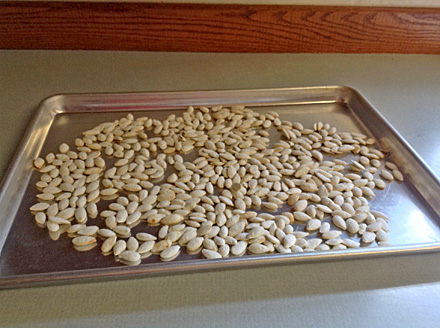 Remove them from the pumpkin and wash with warm soapy water until pulp is removed. If carving the pumpkin for decoration, promptly save, clean and store the seeds, keeping them away from other materials used for decoration. Drain seeds in a strainer, then spread them out on a screen to dry, turning them over after a couple of days. Let them air dry in a cool, dry place for at least three weeks. When they are dry, package them in paper (not plastic) and store them in a cool, dark, dry place.
Remove them from the pumpkin and wash with warm soapy water until pulp is removed. If carving the pumpkin for decoration, promptly save, clean and store the seeds, keeping them away from other materials used for decoration. Drain seeds in a strainer, then spread them out on a screen to dry, turning them over after a couple of days. Let them air dry in a cool, dry place for at least three weeks. When they are dry, package them in paper (not plastic) and store them in a cool, dark, dry place. They are a good low-calorie, low-fat source of fiber, beta-carotene, Vitamin A, Vitamin B, potassium, protein and iron. They can be used for stews, soups, purees, pies and other dishes. Pumpkin seeds can be toasted or roasted for snacks, as well, or added to many types of recipes. If pumpkins have not been carved and skin is intact, they may be stored indoors and stay edible for weeks or months. It is recommended to store pumpkins in a dry area that stays between 50 and 55 degrees F (10 -12º C).
They are a good low-calorie, low-fat source of fiber, beta-carotene, Vitamin A, Vitamin B, potassium, protein and iron. They can be used for stews, soups, purees, pies and other dishes. Pumpkin seeds can be toasted or roasted for snacks, as well, or added to many types of recipes. If pumpkins have not been carved and skin is intact, they may be stored indoors and stay edible for weeks or months. It is recommended to store pumpkins in a dry area that stays between 50 and 55 degrees F (10 -12º C).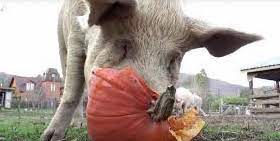 Local farms, zoos and shelters may take fresh pumpkins to feed their animals. For example, Pumpkins for Pigs, a Virginia-based 501(c)(3) organization, exists to put your nutritious pumpkins in the hands of farmers to feed their pigs and other animals. The Pumpkins for Pigs website lists more than 500 farms in 40 states that would like to treat their animals to donated pumpkins. An interactive map lists farmers, their contact information, drop-off instructions and what they accept — including other gourds, fruits, vegetables, Christmas trees, hay, etc.
Local farms, zoos and shelters may take fresh pumpkins to feed their animals. For example, Pumpkins for Pigs, a Virginia-based 501(c)(3) organization, exists to put your nutritious pumpkins in the hands of farmers to feed their pigs and other animals. The Pumpkins for Pigs website lists more than 500 farms in 40 states that would like to treat their animals to donated pumpkins. An interactive map lists farmers, their contact information, drop-off instructions and what they accept — including other gourds, fruits, vegetables, Christmas trees, hay, etc. 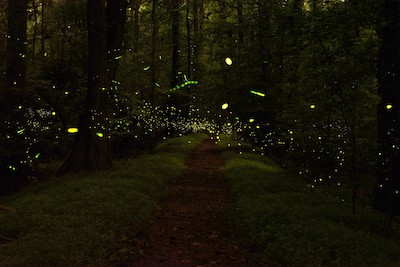 On June evenings, as twilight deepened to darkness in the wood line behind my house, the fireflies would rise to dance, seemingly thousands in a nighttime revelry, whirling, winking, blinking into the summer night.
On June evenings, as twilight deepened to darkness in the wood line behind my house, the fireflies would rise to dance, seemingly thousands in a nighttime revelry, whirling, winking, blinking into the summer night.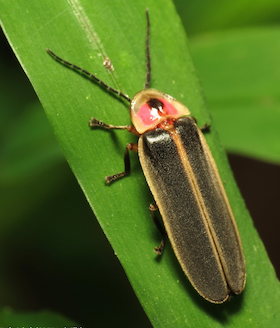
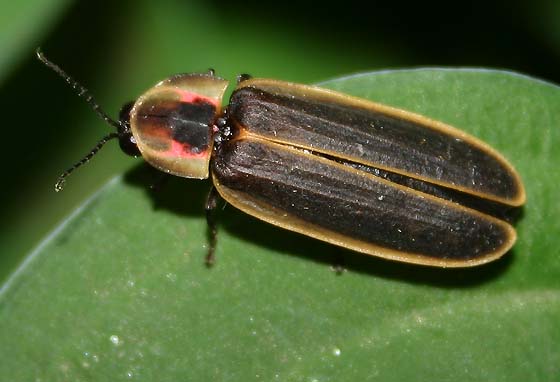
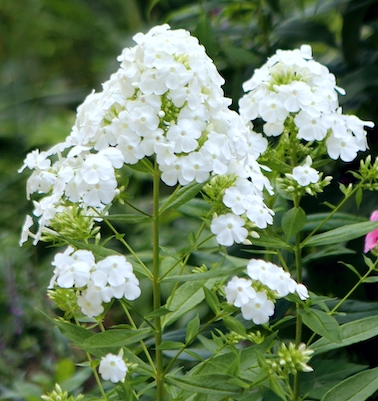
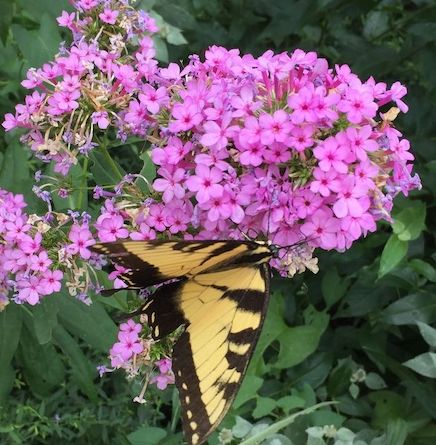
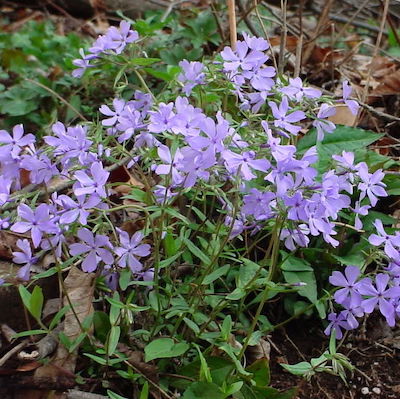
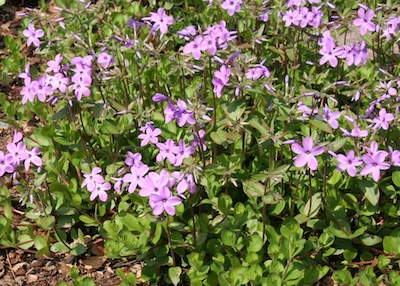


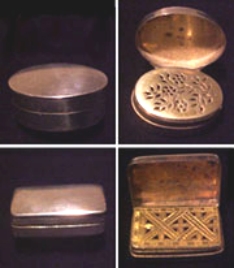
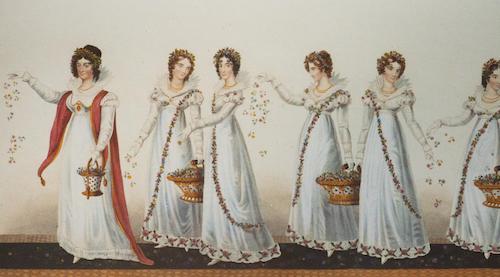

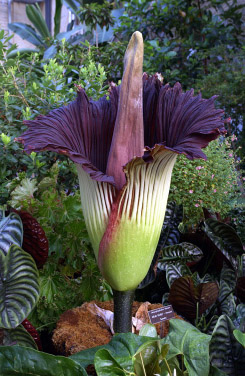
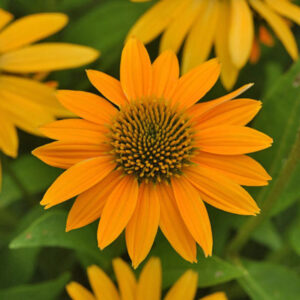
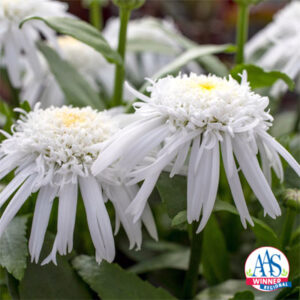

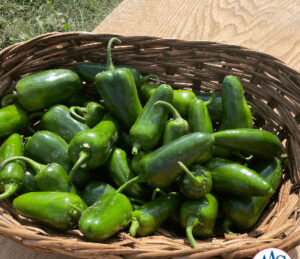
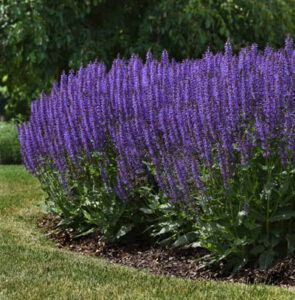


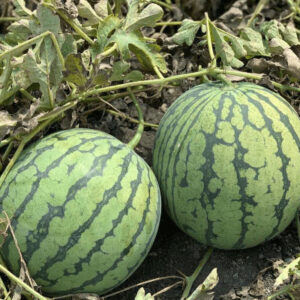
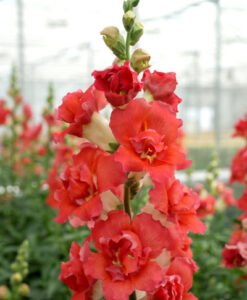
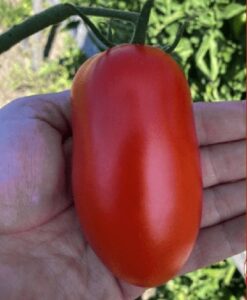
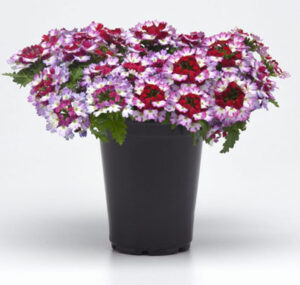
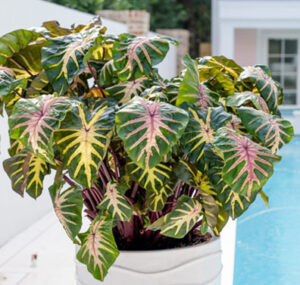

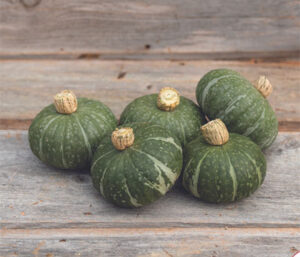

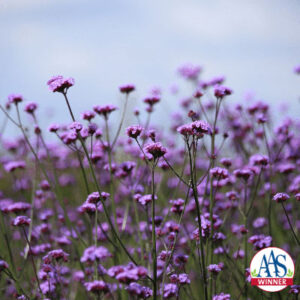
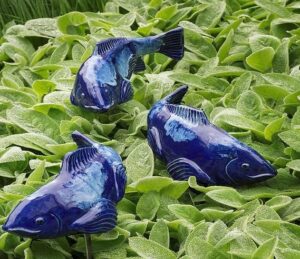 Ceramic Koi Fish
Ceramic Koi Fish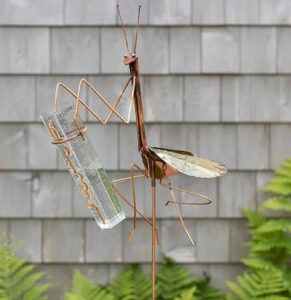 Praying Mantis Rain Gauge
Praying Mantis Rain Gauge Peppermint Pumice Gardener’s Herbal Soap
Peppermint Pumice Gardener’s Herbal Soap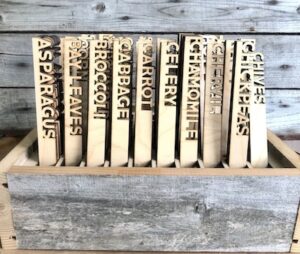 Eco Friendly Garden Markers
Eco Friendly Garden Markers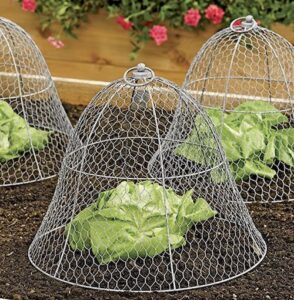 Chicken Wire Cloche Plant Protector
Chicken Wire Cloche Plant Protector Micro-Tip Non-Stick Pruning Snips
Micro-Tip Non-Stick Pruning Snips Seed Storage Organizer Box
Seed Storage Organizer Box Countertop Composter Pail
Countertop Composter Pail If you think flowers are all you have in your garden to bring inside to make floral arrangements, think again! If you are growing fruits or vegetables and have beautiful specimens, bring them inside to add to the bouquet mix. End of season seed heads also add variety and texture to home-arranged floral designs. Don’t forget herbs to add scent and soft texture. You will be surprised to see what a nice arrangement they can be all together. Fruit and vegetable floral designs can be tricky to assemble and can be an architectural and mechanical challenge because of the weight and variety of the materials. Here are some guidelines to bring all of these diverse materials together for a satisfying blend.
If you think flowers are all you have in your garden to bring inside to make floral arrangements, think again! If you are growing fruits or vegetables and have beautiful specimens, bring them inside to add to the bouquet mix. End of season seed heads also add variety and texture to home-arranged floral designs. Don’t forget herbs to add scent and soft texture. You will be surprised to see what a nice arrangement they can be all together. Fruit and vegetable floral designs can be tricky to assemble and can be an architectural and mechanical challenge because of the weight and variety of the materials. Here are some guidelines to bring all of these diverse materials together for a satisfying blend.

